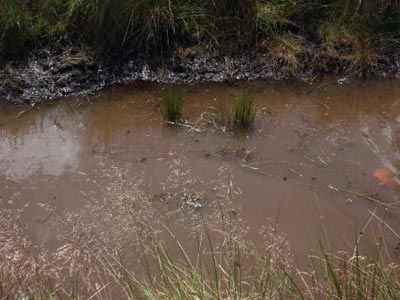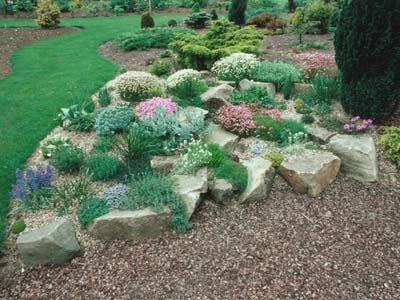So, if mosses lack the roots, internal vessels and seeds common in flowering plants and trees, how exactly do they survive?
Mosses absorb water and nutrients in a couple of ways. Some have highly absorbent surfaces that allow them to draw in moisture and minerals from the water that flows over the outside of the plant. Others are able to pull these materials up the external surface of the rhizoids and to the stem thanks to a principle known as capillary action. This phenomenon occurs when the adhesive force of the water molecules to the rhizoids is stronger than the cohesive force between the water molecules. You've probably seen this same principle in action in your kitchen; it's what draws water up the fibers of a paper towel.
Once the water and minerals move into the leaves and stem, they're either transported through cells or between cells, depending on the type of moss. The water finds its way to the leaves, where photosynthesis occurs. Here's a little primer on photosynthesis: It's kind of like baking cookies (yum), only instead of flour, eggs, and chocolate chips as ingredients, the plant uses carbon dioxide and water. Both processes need an energy source to begin: For cookies, it's heat from an oven; for moss, it's sunlight. When the kitchen timer goes off, you have warm cookies and a great smelling house; when photosynthesis is complete, the product is sugar and oxygen. The moss releases the oxygen into the air, but the sugar combines with the minerals to form substances that help the plant grow and reproduce.
And speaking of reproduction, moss has a pretty handy way of accomplishing this feat as well. Remember how the stem and leaves of the plant are known as a gametophyte? Well, before sexual reproduction can begin, vase-shaped archegonia, which produce eggs, develop at the tips of female gametophytes, while antheridia, which produce sperm, develop at the ends of male gametophytes. Sperm from the antheridia swims through water to fertilize eggs in the archegonia (this is a big reason why moss prefers moist climates).
Once the egg is fertilized, a sporophyte soon develops in the female plant. If you remember from the previous page, the sporophyte is the structure with a tall, thin stalk supporting a little brown capsule with a hatlike operculum. The capsule produces spores, which are essentially the equivalent of the seeds found in flowering plants and trees. As the capsule dries out and matures, the operculum pops open and releases spores that are carried away by the wind. If the spore comes to rest in a nice moist spot, it germinates and grows into a new gametophyte.
Sometimes mosses reproduce asexually, as well, meaning they skip the whole process described above. With the right amount of moisture, pieces of moss can break off, move by wind or water, and, amazingly, grow into new plants.
But why just sit around here and talk about how moss grows when you can conduct your own moss-growing experiment in your backyard?



